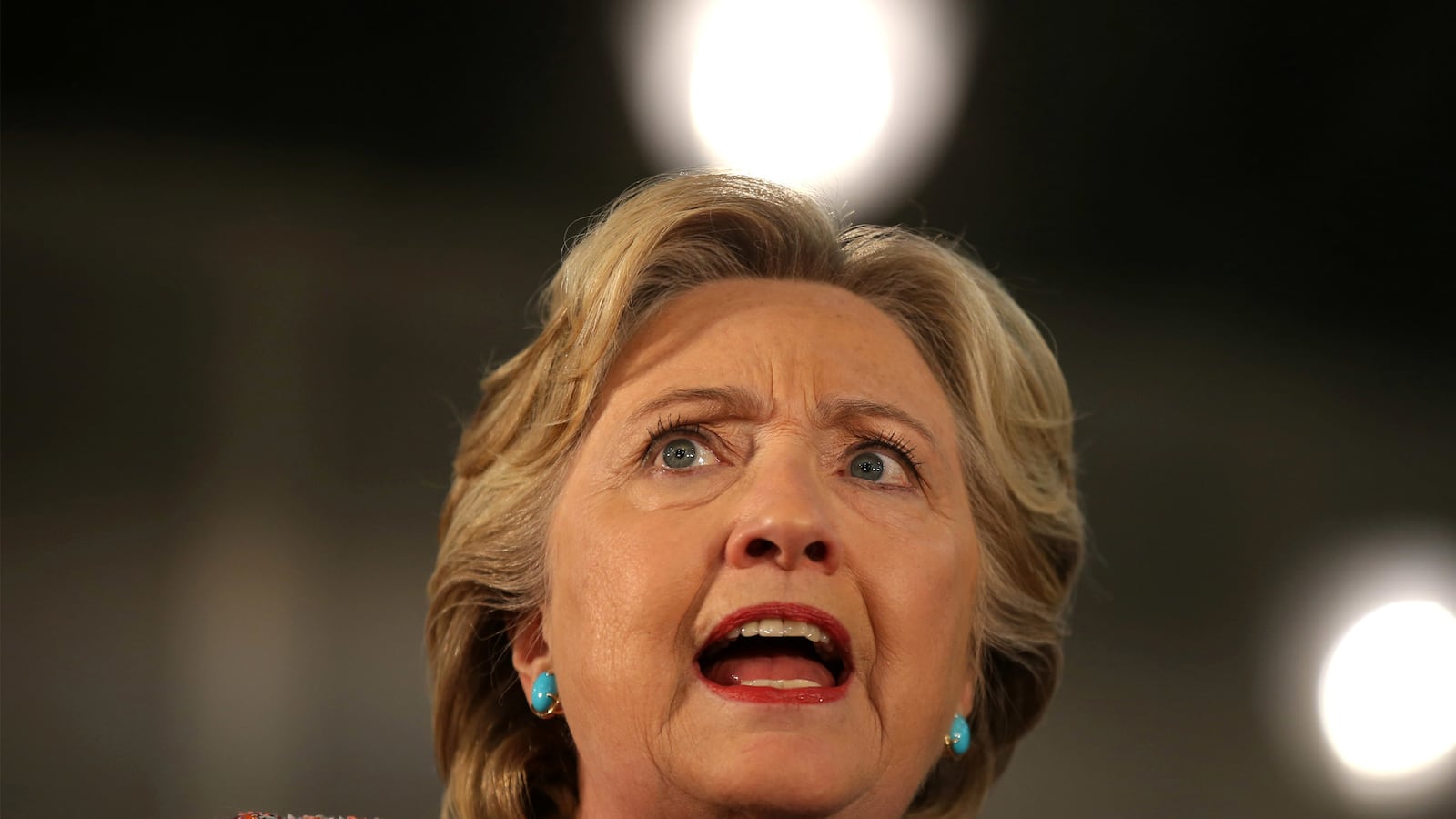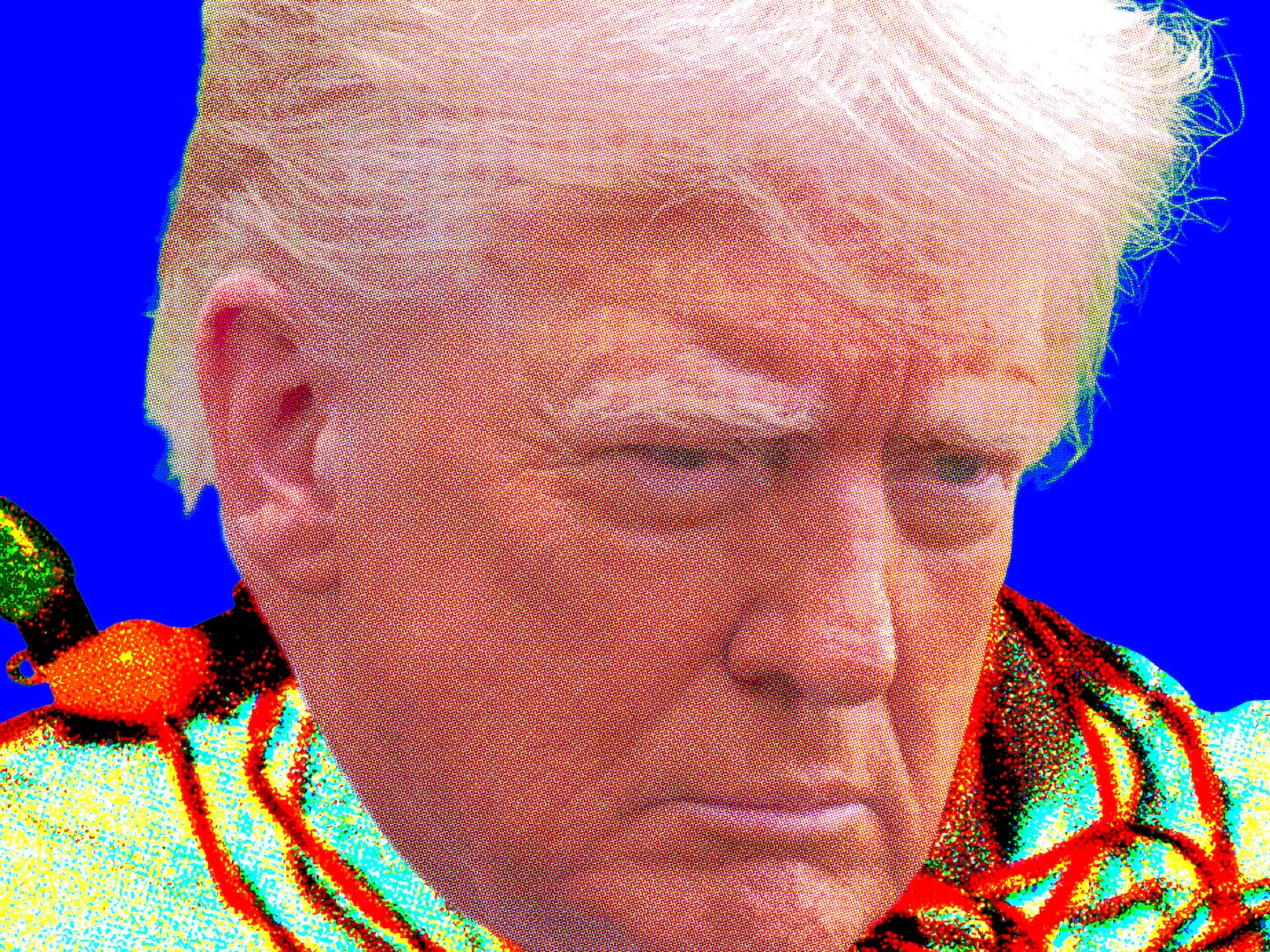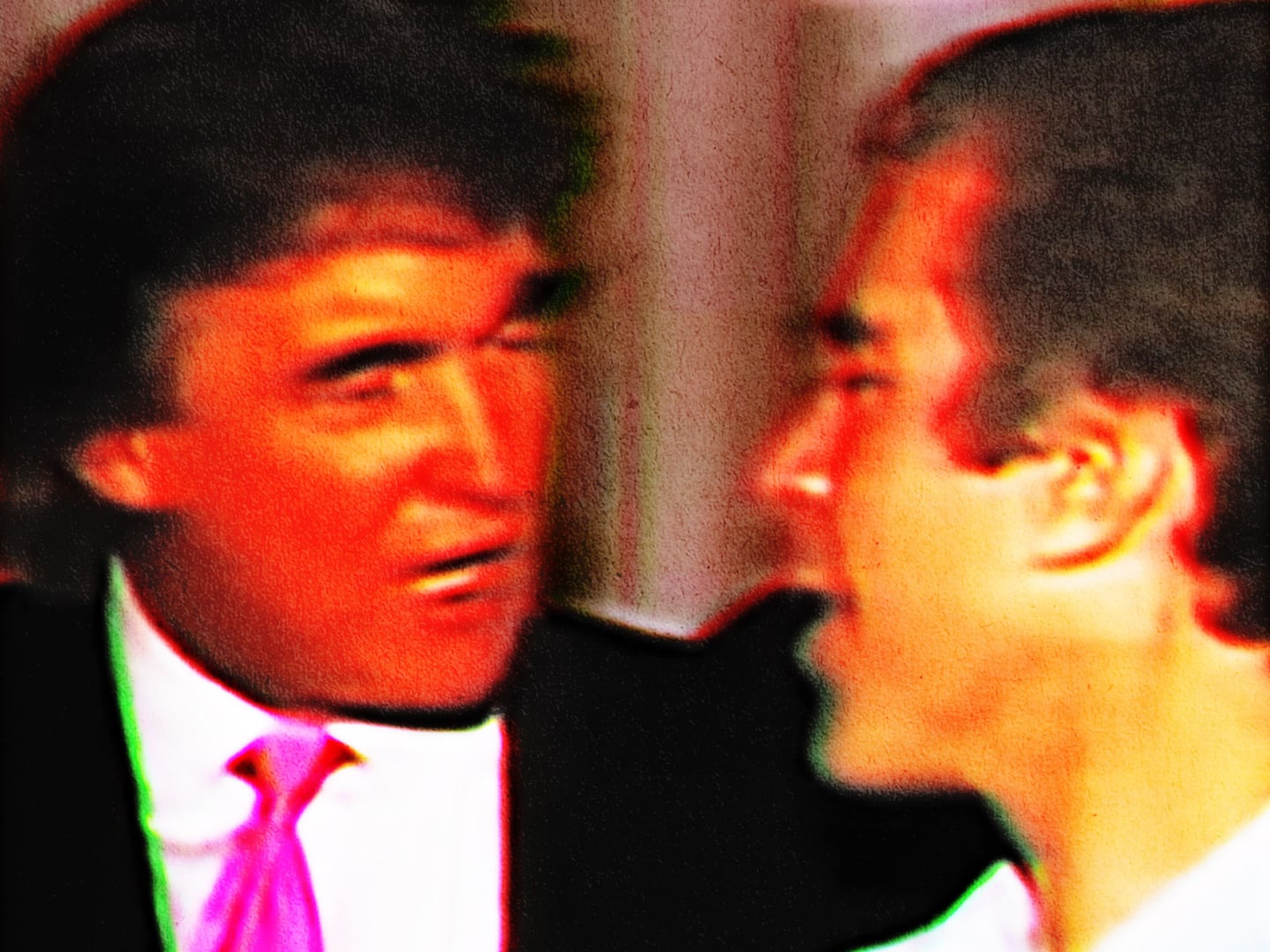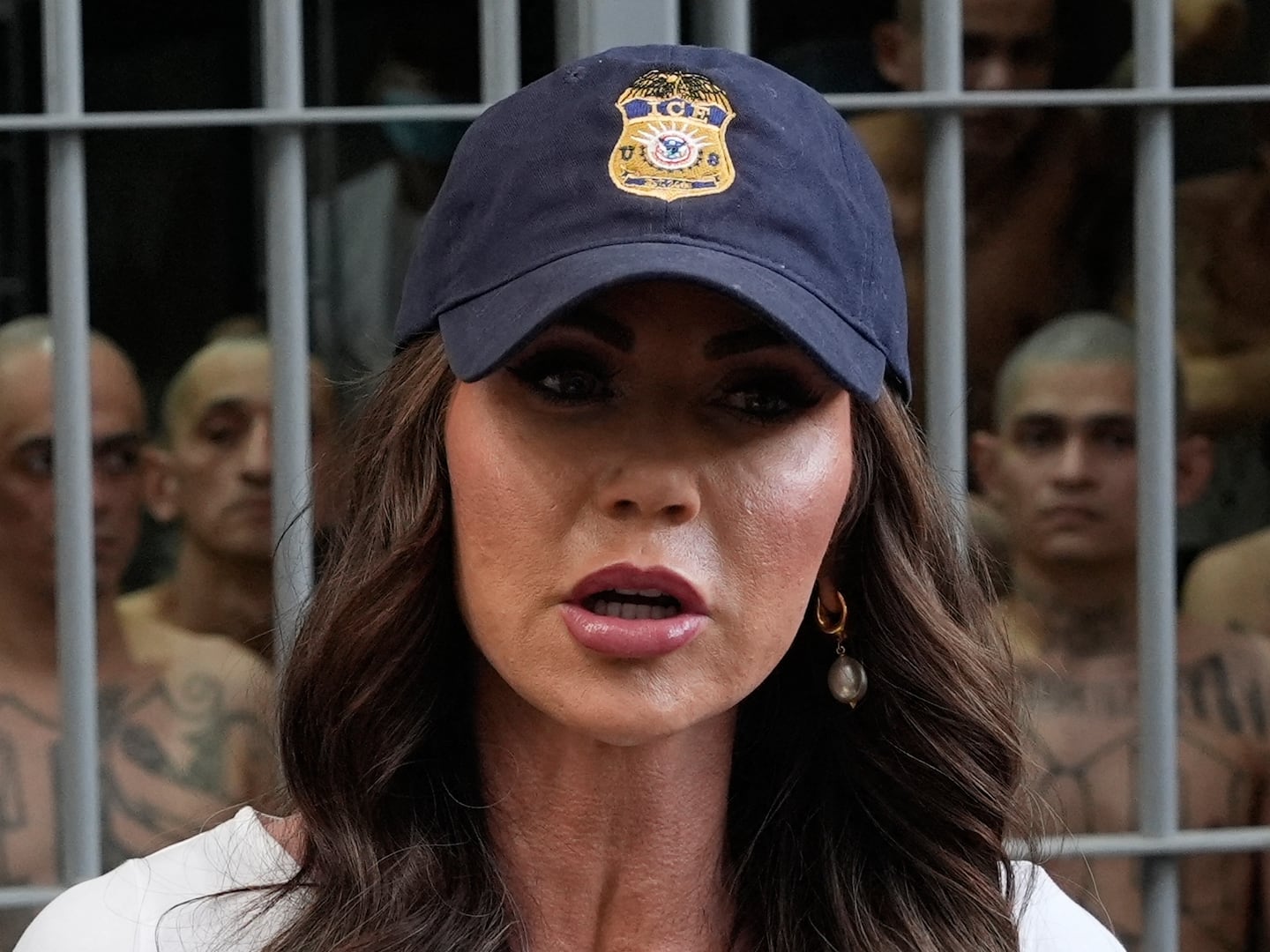As Donald Trump pulverized his own Republican Party on Twitter Tuesday afternoon, Congressional Democrats were having a conference call about how the election is shaping up in their states. A recent Wall Street Journal poll not only showed Trump cratering, it also revealed that congressional Democrats had widened their advantage over congressional Republicans to seven points.
But the good vibes stopped when talk turned to Democrats’ get-out-the-vote efforts. “Somebody’s got to talk to the Clinton campaign and get them to do better with it,” one congressman said
Several high-level Democrats who spoke to the Daily Beast are specifically concerned about Democrats’ ground game, which they worry may not be enough to ensure a victory for Clinton and down ballot Democrats in such a tumultuous election year.
The Clinton campaign has vastly outspent the Trump campaign on the air by five to one and boasts a ground game far superior to Trump’s. But in the field especially, Clinton has never measured up to the operation put in place by Barack Obama in 2008 or 2012. Some Democrats worry that just being better than Trump may not be enough for down-ticket Democrats in close races in November.
“I am hearing from people that they are concerned about whether or not were properly or adequately funding our GOTV efforts,” Rep. Jim Clyburn, the third ranking Democrat in the House, said in an interview with the Daily Beast. “I’ve seen some good GOTV plans. On paper they’re great. The question is what about implementation? It’s one thing to see what you need to do, it’s something else to execute.”
Clyburn said he has been traveling extensively for Democratic candidates the country and heard worries about the Democratic ground game in multiple battleground states, including Colorado, where a breakfast with faith leaders turned into conversation about worries over the Democrats’ GOTV effort there.
“I’m really concerned about Florida, Colorado, and Ohio,” Clyburn said. “I just don’t want us to spend all of our money on television, where people are now tuning out commercials, and not do what’s necessary to turn people out.”
Rep. G.K. Butterfield, the chairman of the Congressional Black Caucus, said he has heard similar concerns and is specifically worried about the Clinton campaign’s investment in African American communities. Butterfield noted they could make the difference in a state like his home of North Carolina, which President Obama lost by 14,000 votes in 2012.
“I don’t know why we have been unsuccessful in being able to make the case for a significant investment in grassroots get out the vote,” Butterfield said. “On the Clinton side and on the DSCC side, I’ve been trying to get them to increase their commitment. They have made some investments, but it’s not enough. “
So far, the Clinton campaign has spent about $21 million on television ads in the state, but far less than the $300,000 Butterfield says could turnout 50,000 African American voters there.
“I just want my friends who run national campaigns to know that it is the local communities that get the job done,” he said. “I think there’s an opinion that it’s not a good investment and that opinion is flawed.”
The good news for Democrats is that the Clinton ground game is vastly superior to Donald Trump’s. A FiveThirtyEight analysis shows that in terms of field offices, the Clinton operation is far outpacing Trump’s. Clinton has 489 field offices nationwide, compared to 207 offices for Trump.
Clinton’s numbers don’t come close to replicating the Obama operation, which had 789 field offices in 2012. The pattern holds for battleground states. In Florida, Clinton has 68 offices, compared to for 29 Trump, but 103 for Obama. In Virginia, Obama had 61 offices, compared to Clinton’s 27 and Trump’s 11. In Ohio, she has 75, while Trump has 22. Obama had 131 Ohio field office.
“Barack Obama had an army of volunteers in 2012. You could flip a switch and knock on one million doors in Florida in a weekend,” said a Democratic operative involved in GOTV efforts for the party in 2008, 20012, and 2016. “There is no Hillary army. Not even close. In tight races, that matters.”
Democrats outside of the Clinton campaign are putting major cash into efforts to supplement GOTV in must-win states. Democratic mega-donor Tom Steyer gave an additional $15 million, on top of $5 million he’d already sent, to For Our Future, a super PAC focused on expand Democrats’ field operations in Florida, Missouri, Nevada, North Carolina, Ohio, Pennsylvania and Wisconsin.
Amanda Brown, the campaign director, said it is designed to turn out the Obama coalition that voted in 2008 and 2012, but skipped the mid-terms. “Voters who many feared wouldn’t show up this time—unless we met them at the door and talked to them about the issues they were most concerned about.”
A Democrat familiar with the Clinton campaign acknowledged the differences between 2012 and this year, but said some of the changes are designed to help downballot races. “In 2012, there was no coordinated campaign, between the top of the ticket and the bottom,” the source said. “In 2016, they’re on all the literature. When Clinton does an event, they’re all invited and included. It’s a priority.”
As for House Democrats, Majority Leader Nancy Pelosi told the ones on the Tuesday call that she understood the concern about down-ballot races and has shared it with the Clinton campaign. “We have had that conversation with them to say, don’t take anything for granted.”






